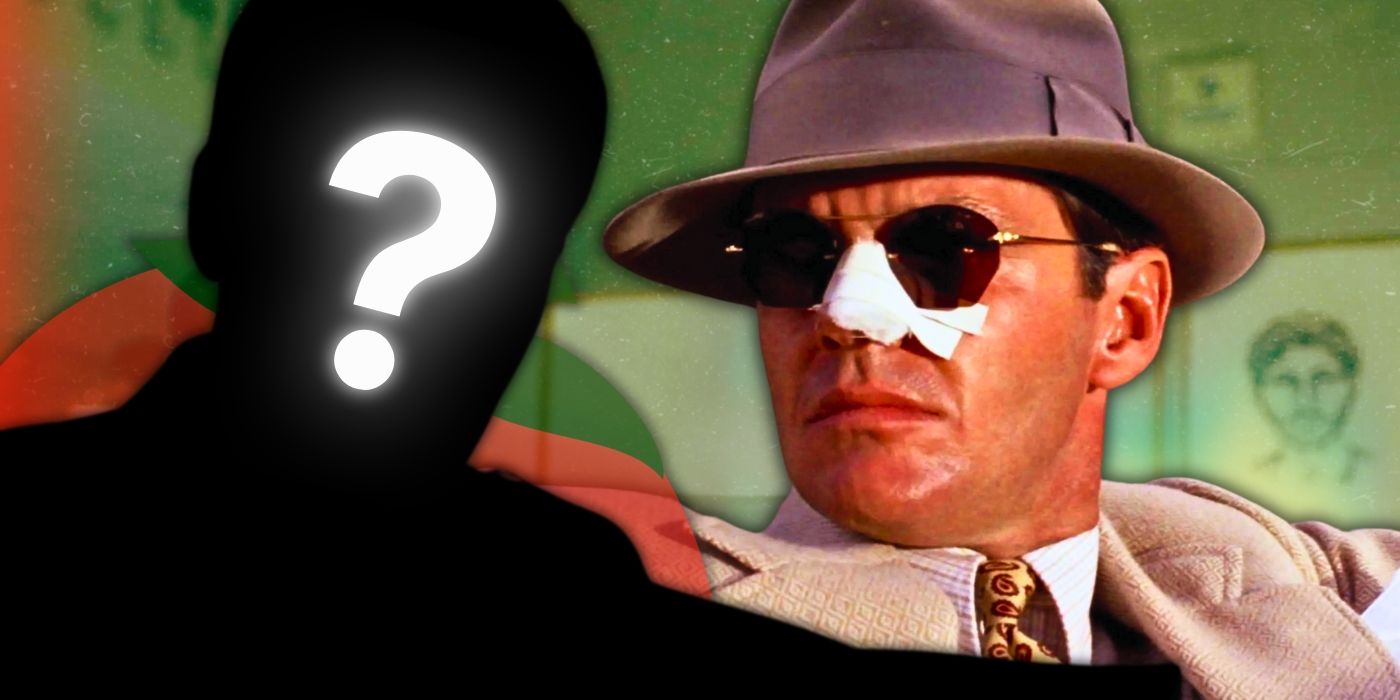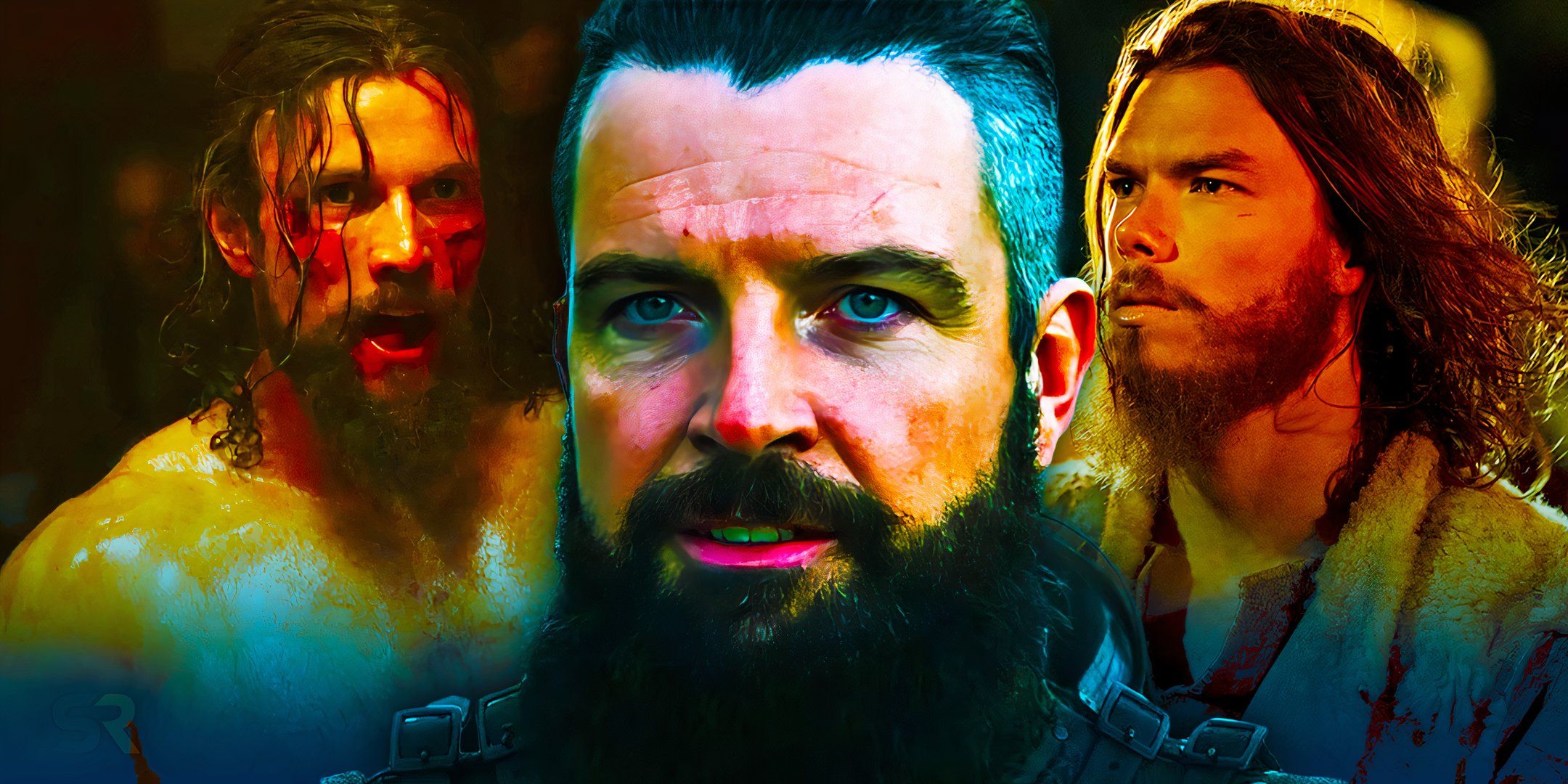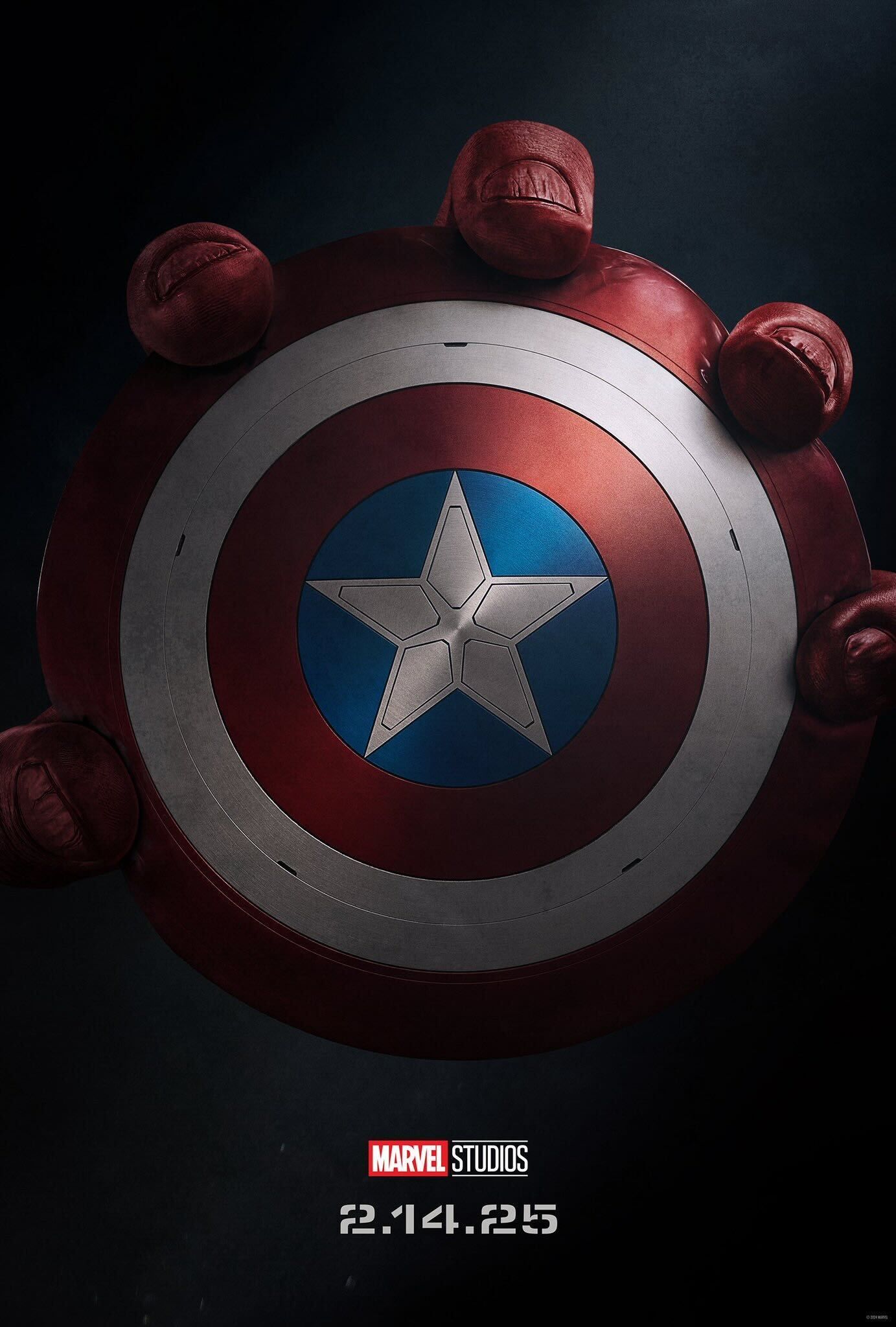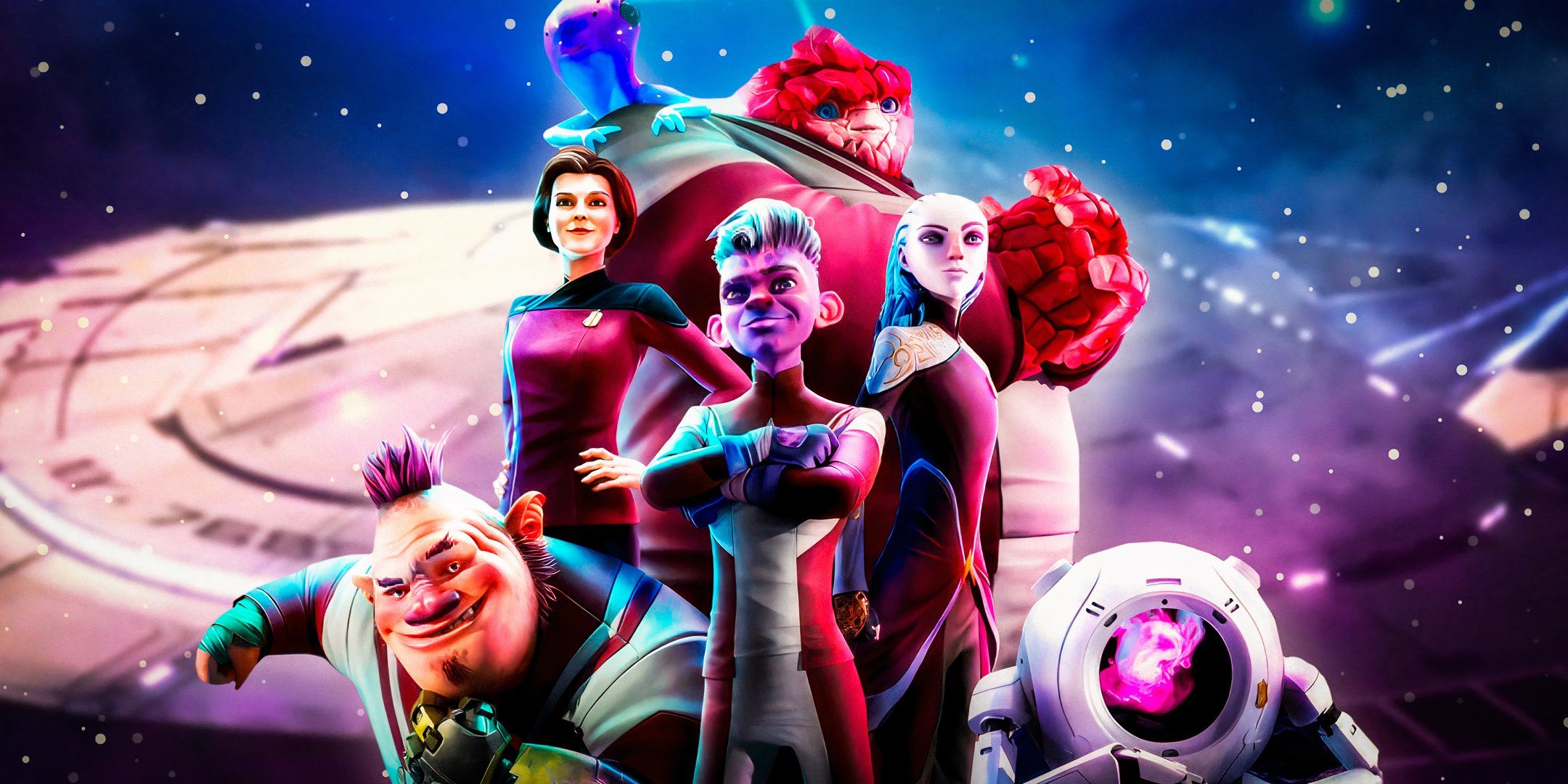William Hartnell, the First Doctor, was famous for flubbing his lines, but Doctor Who’s recent Timeless Child retcon offers a possible explanation. Originating what is now an iconic role, Hartnell’s run lasted from 1963 until 1966 (with a brief return in multi-Doctor special “The Three Doctors”). His tenure – though brilliant – was beset by health problems and he increasingly struggled to remember his lines. At the time, television production was more akin to theatre, and – unless the set visibly collapsed – actors would rarely get more than one chance to perform any given scene. As a result, many of Hartnell’s slip-ups made it to air – something that the recent Timeless Child arc potentially justifies, if indirectly.
In the Doctor Who season 12 finale, the Master (Sacha Dhawan) reveals that the Doctor (Jodie Whittaker) is actually the Timeless Child: a mysterious being with regenerative powers, discovered by a Gallifreyan explorer and painfully experimented on, thus birthing the Time Lords. After extracting the Child’s DNA, the Time Lords performed a mind-wipe to bury the truth about their dubious origins, and forced the Child to regenerate into a young William Hartnell – as seen in “Listen” (season 8, episode 4). The Doctor, therefore, is much older than the audience (and the character) were initially led to believe, with a number of previously unseen incarnations prior to Hartnell’s supposedly ‘First’ Doctor.
The Timeless Child reveal could potentially provide an in-universe explanation for Hartnell’s flubbed lines: they’re the results of a botched mind-wipe. While the method of memory erasure used by the Time Lords is currently unclear, we can assume that it was a painful process – whether a mind-probe, as seen in “The Three Doctors,” or a chameleon arch, as used by the Tenth Doctor (David Tennant) in “Human Nature” and “The Family of Blood.” In the latter example, the chameleon arch was not 100% effective, leading to memories leaking through via dreams. Perhaps this same process took a toll on the First Doctor’s mind, thus explaining Hartnell’s occasionally doddery performance.
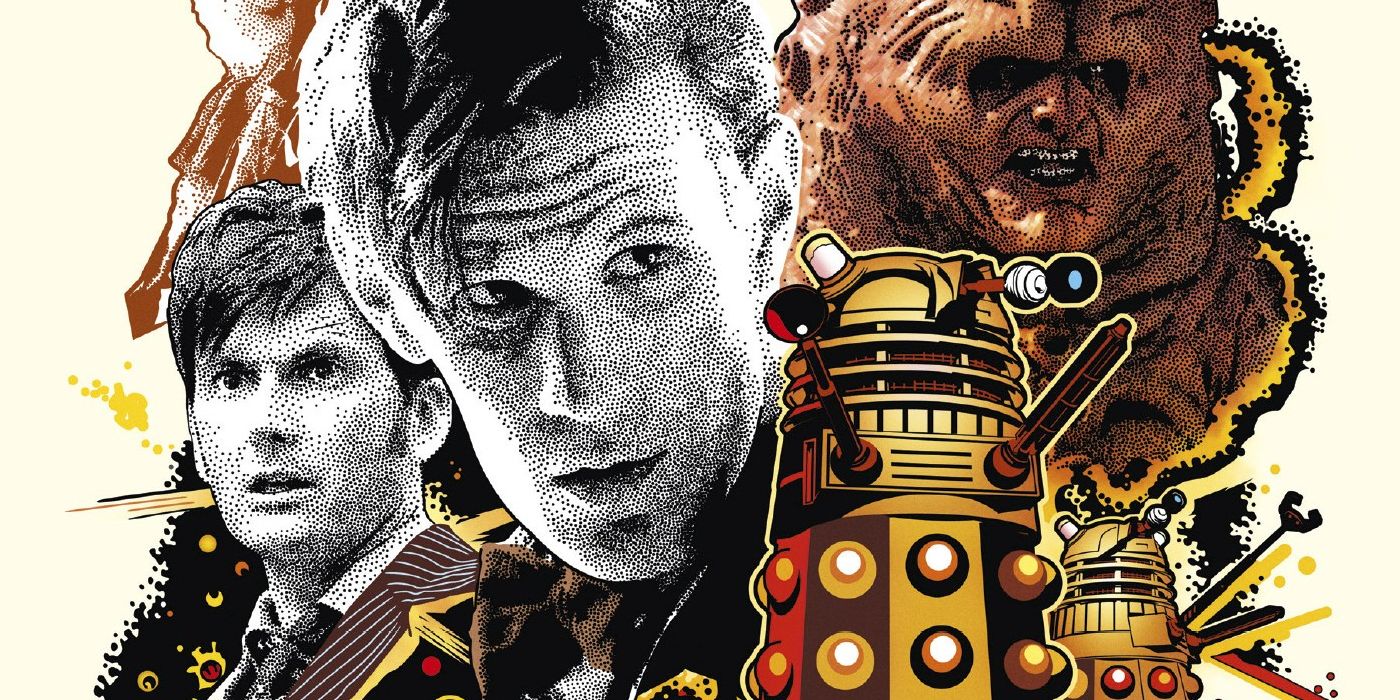
This isn’t the first time that a revival series writer has offered in-universe explanations for the classic era’s production limitations. In his Target novelization of Day of the Doctor, Steven Moffat suggested that the first two Doctors were color-blind – giving a reason for the show’s early seasons to be in black and white. Though many have pointed out that traditional color-blindness doesn’t work that way, achromatopsia – a more extreme condition – often reduces the sufferer’s vision to see only shades of grey. Though the canonicity of Moffat’s suggestion is dubious, acknowledged in a novelization rather than the TV show proper, this achromatopsia could also be a result of the same violent mind-wipe that was revealed in “The Timeless Children.”
The ramifications of the Timeless Child reveal are so monumental that fans are still discovering new ways in which it re-contextualizes the Doctor’s history (both major and minor) – but this isn’t anything new. Fans have been stitching disparate parts of the Doctor Who “canon” (a very loose term, considering the number of contradictions and differing interpretations across the show’s lengthy run) together for years – which is exactly what current showrunner Chris Chibnall has done with the Timeless Child arc, just in an ‘official’ capacity.
Unfortunately, while this retcon generally benefits the continuity of Doctor Who‘s classic era, it trivializes a lot of revival era stories – most notably affecting the run of Matt Smith, the Eleventh Doctor. Like Russell T. Davies and Steven Moffat before him, Chibnall has changed the direction of the series – for better or for worse – and only time will tell whether the Timeless Child is a permanent addition to the Doctor Who canon, or a curious blip, destined for further retconning somewhere down the line.
